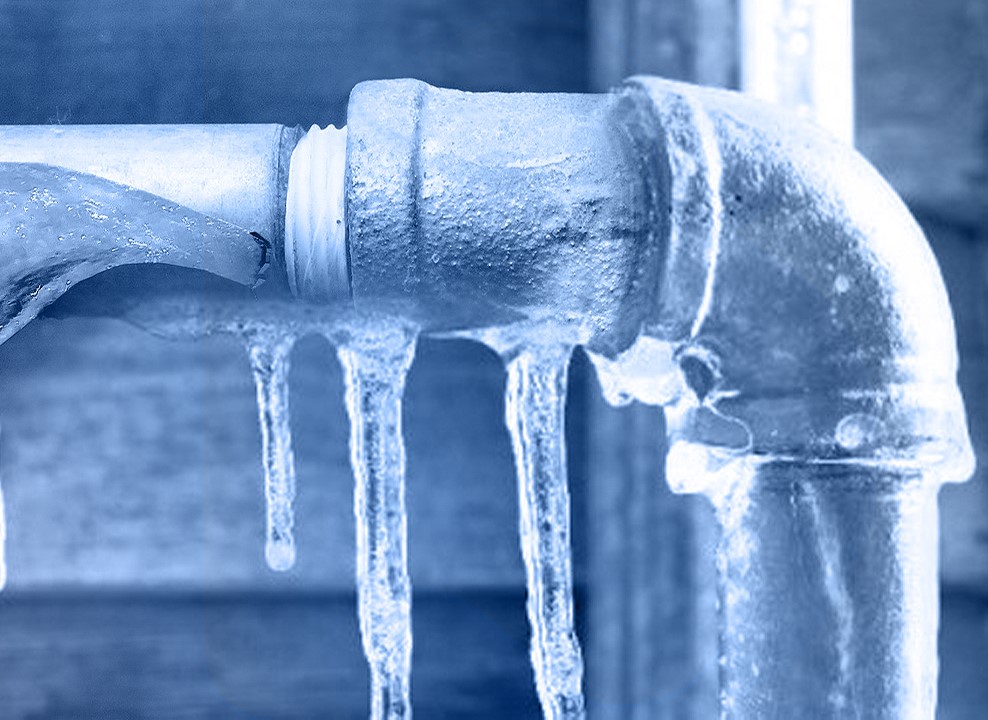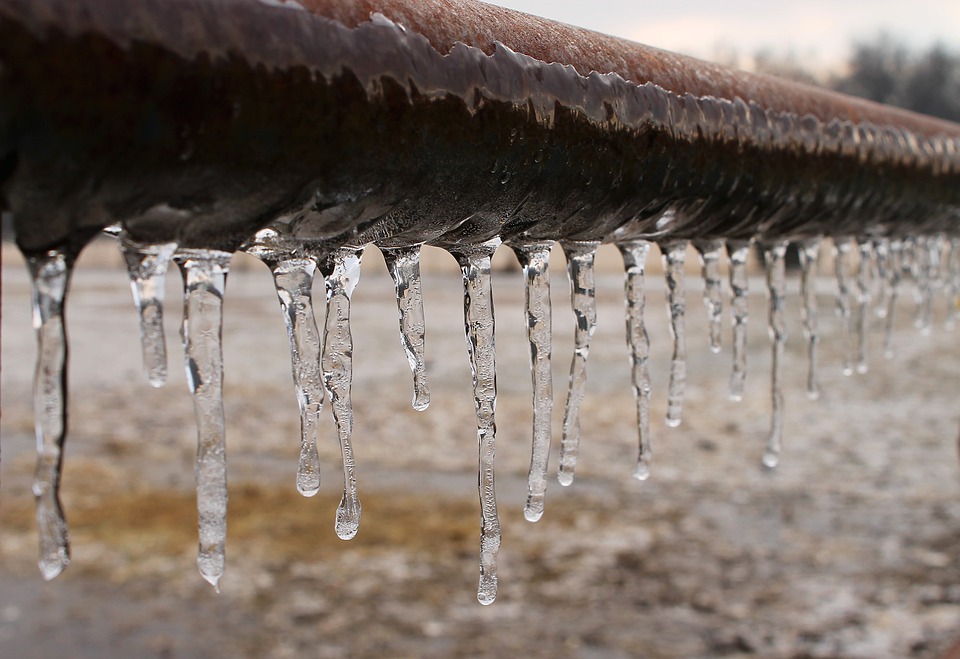Tips to Avoid Frozen Pipes in Winter: Expert Guidance
Tips to Avoid Frozen Pipes in Winter: Expert Guidance
Blog Article
The author is making several great annotation about Prevent Frozen Pipes as a whole in this post on the next paragraphs.

Cold weather can wreak havoc on your pipes, specifically by freezing pipes. Below's how to avoid it from taking place and what to do if it does.
Intro
As temperature levels decrease, the danger of frozen pipes rises, possibly bring about costly fixings and water damage. Recognizing how to avoid frozen pipes is important for home owners in cold environments.
Comprehending Icy Pipes
What causes pipes to ice up?
Pipelines freeze when exposed to temperatures below 32 ° F (0 ° C) for prolonged durations. As water inside the pipes ices up, it expands, taxing the pipeline wall surfaces and possibly triggering them to rupture.
Dangers and problems
Icy pipes can result in water interruptions, property damages, and costly repairs. Burst pipes can flood homes and trigger extensive structural damage.
Indications of Frozen Piping
Recognizing frozen pipelines early can stop them from rupturing.
Just how to recognize icy pipes
Try to find reduced water flow from taps, uncommon smells or sounds from pipes, and noticeable frost on revealed pipes.
Avoidance Tips
Shielding prone pipelines
Wrap pipelines in insulation sleeves or utilize heat tape to shield them from freezing temperatures. Concentrate on pipelines in unheated or exterior areas of the home.
Home heating methods
Maintain indoor rooms effectively warmed, particularly areas with plumbing. Open up cabinet doors to allow warm air to distribute around pipes under sinks.
Securing Outside Pipes
Garden pipes and outside faucets
Disconnect and drain yard tubes prior to wintertime. Set up frost-proof spigots or cover outdoor taps with shielded caps.
What to Do If Your Pipelines Freeze
Immediate actions to take
If you suspect icy pipelines, keep taps open up to eliminate pressure as the ice thaws. Utilize a hairdryer or towels soaked in warm water to thaw pipes gradually.
Long-Term Solutions
Structural changes
Think about rerouting pipes far from outside walls or unheated locations. Include extra insulation to attics, cellars, and crawl spaces.
Upgrading insulation
Buy high-quality insulation for pipelines, attic rooms, and walls. Proper insulation assists maintain constant temperature levels and lowers the danger of icy pipelines.
Conclusion
Stopping icy pipes needs positive actions and quick responses. By understanding the causes, signs, and preventive measures, house owners can shield their plumbing during winter.
5 Ways to Prevent Frozen Pipes
Drain Outdoor Faucets and Disconnect Hoses
First, close the shut-off valve that controls the flow of water in the pipe to your outdoor faucet. Then, head outside to disconnect and drain your hose and open the outdoor faucet to allow the water to completely drain out of the line. Turn off the faucet when done. Finally, head back to the shut-off valve and drain the remaining water inside the pipe into a bucket or container. Additionally, if you have a home irrigation system, you should consider hiring an expert to clear the system of water each year.
Insulate Pipes
One of the best and most cost-effective methods for preventing frozen water pipes is to wrap your pipes with insulation. This is especially important for areas in your home that aren’t exposed to heat, such as an attic. We suggest using foam sleeves, which can typically be found at your local hardware store.
Keep Heat Running at 65
Your pipes are located inside your walls, and the temperature there is much colder than the rest of the house. To prevent your pipes from freezing, The Insurance Information Institute suggests that you keep your home heated to at least 65 degrees, even when traveling. You may want to invest in smart devices that can keep an eye on the temperature in your home while you’re away.
Leave Water Dripping
Moving water — even a small trickle — can prevent ice from forming inside your pipes. When freezing temps are imminent, start a drip of water from all faucets that serve exposed pipes. Leaving a few faucets running will also help relieve pressure inside the pipes and help prevent a rupture if the water inside freezes.
Open Cupboard Doors
Warm your kitchen and bathroom pipes by opening cupboards and vanities. You should also leave your interior doors ajar to help warm air circulate evenly throughout your home.

As a fervent person who reads on How To Avoid Freezing Pipes, I figured sharing that article was smart. Are you aware of somebody who is excited about Preventing and dealing with frozen pipes? Do not hesitate to share it. I am grateful for your time. Don't hesitate to check our site back soon.
Call Today Report this page